<< Previous | Displaying results 3351-3400 of 6769 for "" | Next >>
German physicians conducted inhumane experiments on prisoners in the camps during the Holocaust. Learn more about Nazi medical experiments during WW2.

The Krakow ghetto in German-occupied Poland held over 15,000 Jews. Learn more about Krakow and the ghetto’s history during the Holocaust and WWII.
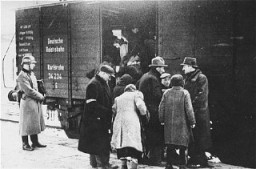
Overview of the Soviet and German occupations of Bialystok, the establishment of a ghetto there, deportations, uprising, and liberation.
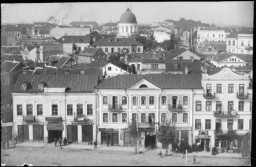
Nazi Germany occupied Lvov, Poland in 1941. Learn about Lvov during World War II, the establishment of the Lvov ghetto, and deportations of Jews from there.
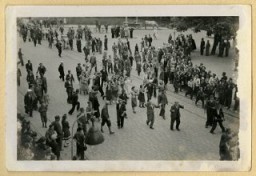
In 1940, the Nazis established Lublin (Majdanek) concentration camp in Lublin, Poland. Learn more about camp administration.
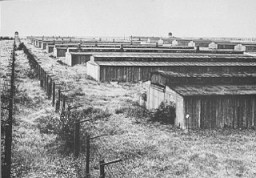
During the Holocaust, the creation of ghettos was a key step in the Nazi process of ultimately destroying Europe's Jews. Learn about the Vilna ghetto.
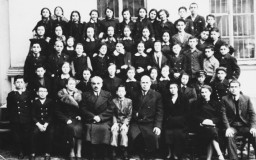
Kovno had a rich and varied Jewish culture. Learn about the Soviet and German occupations of Kovno, ghettoization, secret archives, and resistance in Kovno during WWII and the Holocaust.
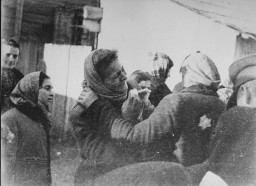
Under the Nazis, Jewish and other “non-Aryan” women were often subjected to brutal persecution. Learn more about the plight of women during the Holocaust.
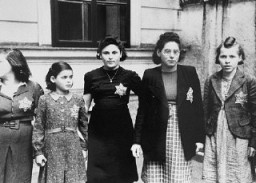
In April 1941, Germany invaded and subdued the Balkan countries of Yugoslavia and Greece. These countries were then occupied and administered by Axis members. Read more.
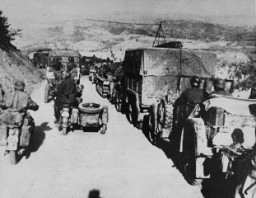
Forced labor played a crucial role in the wartime German economy. Many forced laborers died as the result of brutal treatment, disease, and starvation.
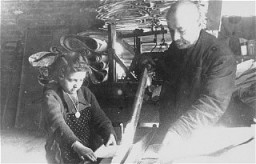
German troops overran Belgium, the Netherlands, Luxembourg, and France in six weeks starting in May 1940. Anti-Jewish measures soon followed in occupied western Europe.

The term “pogrom” historically refers to violent attacks on Jews by local non-Jewish populations. Learn about pogroms before, during, and after the Holocaust.
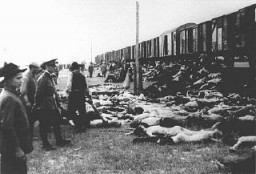
Learn more about Nazi racism and racial antisemitism. These prejudices were at the core of Nazi ideology, policies, and practices. They led to murder on a mass scale.
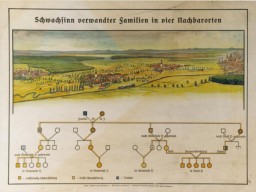
Rescue efforts during the Holocaust ranged from the isolated actions of individuals to organized networks both small and large.
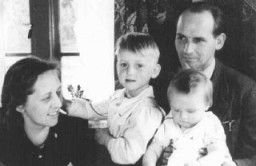
Before 1942, Nazi Germany had expanded across much of Europe. Learn more about major Allied victories in eastern Europe that led to the German surrender.
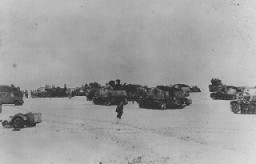
In 1941, the Nazis occupied Minsk and established a ghetto there. Learn more about life in Minsk during World War II.
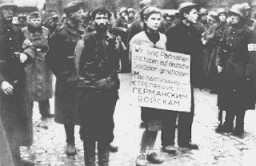
The Auschwitz camp system, located in German-occupied Poland, was a complex of 3 camps, including a killing center. Learn about the history of Auschwitz.
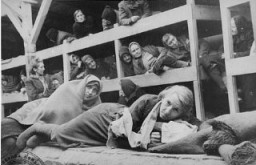
In 1940, the Nazis established Lublin (Majdanek) concentration camp in Lublin, Poland. Learn more about camp conditions.
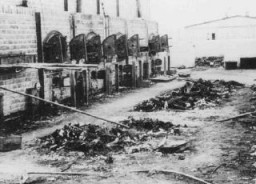
The Chelmno killing center was the first stationary facility where poison gas was used for mass murder of Jews. Killing operations began there in December 1941.
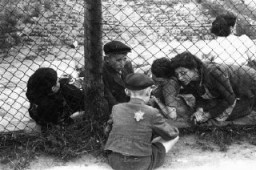
Learn about the Stutthof camp from its establishment until liberation in May 1945, including conditions, forced labor, subcamps, and death marches.
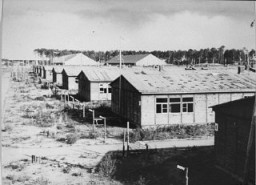
Learn about conditions and the treatment of prisoners in Ravensbrück, the largest concentration camp for women in the German Reich.
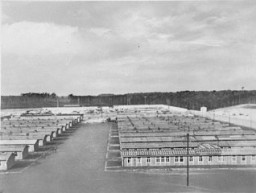
The Nazi Euthanasia Program, codenamed Aktion "T4," was the systematic murder of institutionalized people with disabilities. Read about Nazi “euthanasia.”
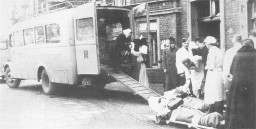
On November 9–10, 1938, the Nazi regime coordinated a wave of antisemitic violence. This became known as Kristallnacht or the "Night of Broken Glass." Learn more

Adolf Hitler came to power with the goal of establishing a new racial order in Europe dominated by the German “master race.” This goal drove Nazi foreign policy. Learn more
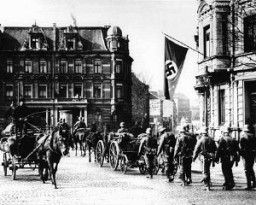
Following Hitler's appointment as chancellor, the Nazis began laying the foundations of a state based on racist and authoritarian principles and the elimination of individual freedoms.
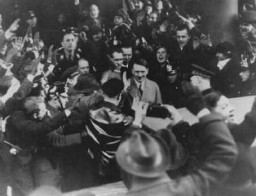
Despite the Nazi Party's ideology of keeping women in the home, their roles expanded beyond wives and mothers.
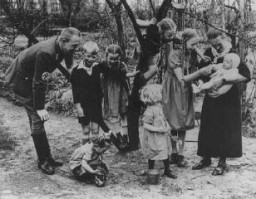
How did Christians and their churches in Germany respond to the Nazi regime and its laws, particularly to the persecution of the Jews? Learn more.
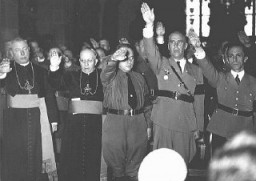
Nazi leaders aimed to change the cultural landscape through the "synchronization of culture," by which the arts were brought in line with Nazi ideology and goals.
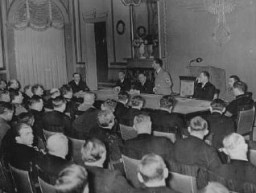
Despite Hitler’s popularity, there was also opposition. Learn more about German resistance, which ranged from non-compliance to assassination attempts.
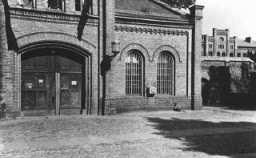
Learn about the Jewish population of Denmark, the German occupation, and resistance and rescue in Denmark during WWII and the Holocaust.
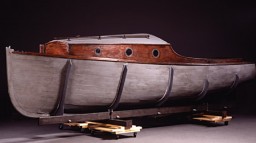
Swedish diplomat Raoul Wallenberg led an extensive rescue effort during the Nazi era. His work with the War Refugee Board saved thousands of Hungarian Jews.

The American Friends Service Committee, a Quaker relief organization, helped thousands of people before, during, and after World War II. Learn about its refugee aid work.
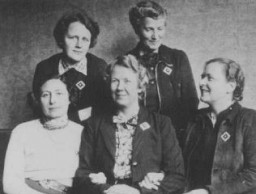
The Nazis used poisonous gas to murder millions of people in gas vans or stationary gas chambers. The vast majority of those killed by gassing were Jews.
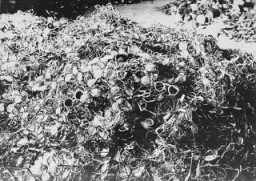
Learn about Operation “Harvest Festival” (Aktion “Erntefest”), the Nazi attack against the remaining Jews of the Lublin District of the General Government.
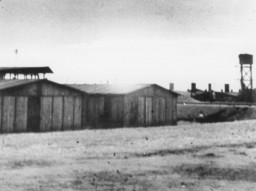
Learn about the history of the Bergen-Belsen camp during WWII and the Holocaust until its liberation by British forces in April 1945.
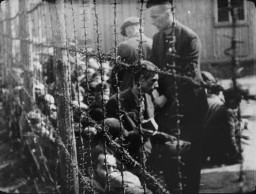
Kindertransport refers to a series of rescue efforts between 1938 and 1940 that brought thousands of refugee children to Great Britain from Nazi Germany.

Learn about early concentration camps the Nazi regime established in Germany, and the expansion of the camp system during the Holocaust and World War II.
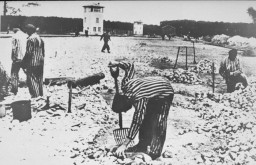
Nazi Germany occupied Hungary in March 1944. Learn about the experiences and fate of Jews in Budapest, Hungary's capital, before and after the occupation.

The Germans established Jewish councils (Judenraete) in the ghettos. Forced to implement Nazi policy, council leaders and members faced impossible moral dilemmas.
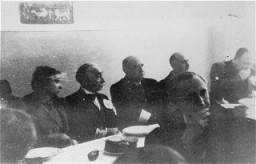
By the process of "Aryanization" in Nazi Germany from 1933 to 1945, Jewish-owned businesses and property were transferred to non-Jews. Learn more.
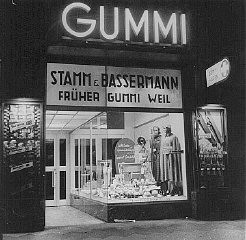
Julius Streicher, an early Nazi Party members, was an organizer of the anti-Jewish boycott of April 1933 and publisher of the virulently antisemitic Der Stürmer.
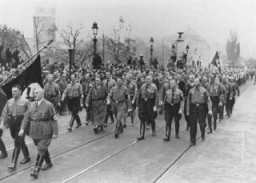
Learn about conditions and forced labor in Dora-Mittelbau, the center of an extensive network of forced-labor camps for the production of V-2 missiles and other weapons.
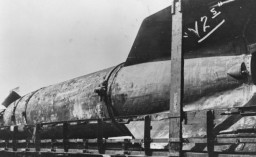
Learn about the Holocaust in the Protectorate of Bohemia and Moravia, including deportations to and from the Theresienstadt camp-ghetto.
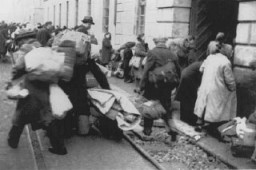
Learn more about Slovakia during World War II, its alliance with Nazi Germany, and its involvement in the Holocaust.
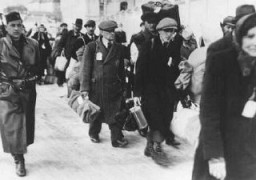
Learn more about the history of the Transcarpathian region of Ukraine (historically known as Subcarpathian Rus) during World War II.
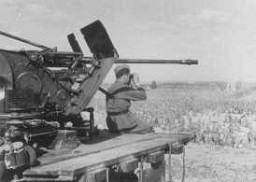
Forced labor, often pointless, humiliating, without proper equipment, clothing, nourishment, or rest, was a core feature in the Nazi camp system from its beginnings in 1933.
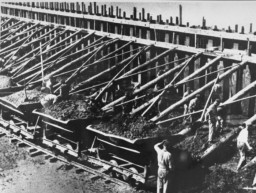
The Nazis established killing centers in German-occupied Europe during WWII. They built these killing centers for the mass murder of human beings.
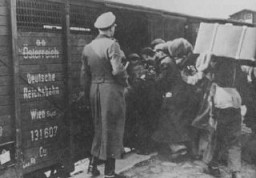
The "Final Solution," the Nazi plan to kill the Jews of Europe, was a core goal of Adolf Hitler and the culmination of German policy under Nazi rule.
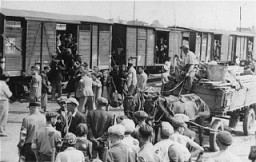
Learn about the voyages of the ships Orduña, Flandre, and Orinoco in May 1939, carrying Jewish refugees fleeing Nazi Germany and seeking safety in Cuba.
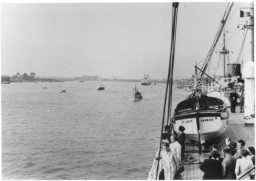
The “Third Reich” is another name for Nazi Germany between 1933-1945. Learn more about life under Nazi rule before and during World War II.
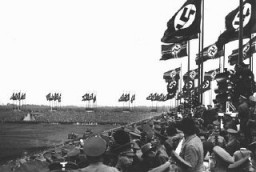
We would like to thank Crown Family Philanthropies, Abe and Ida Cooper Foundation, the Claims Conference, EVZ, and BMF for supporting the ongoing work to create content and resources for the Holocaust Encyclopedia. View the list of donor acknowledgement.